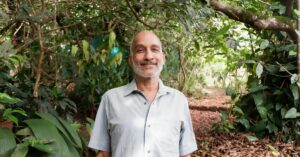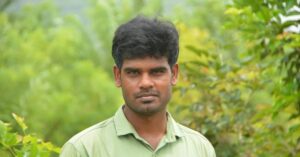These Engineers and Students Electrified Two Karnataka Villages in Less Than Two Months
Four professionals and 13 engineering students from Bangalore have helped electrify 2 villages in Karnataka by designing their own solar stand-alone systems

Nestled in the depths of the Uttara Kannada district of Karnataka are two nondescript villages: Ghatakunang and Khangaon. Their winding by-lanes and modest houses are characteristic of the thousands of villages spread across the country. As is also typically the case in many of these villages, Ghatakunang and Khangaon too were, until recently, forced to live in utter darkness.
More than 130 years after electricity first made its way to India, close to 18,000 villages across the length and breadth of the country are yet to be electrified.
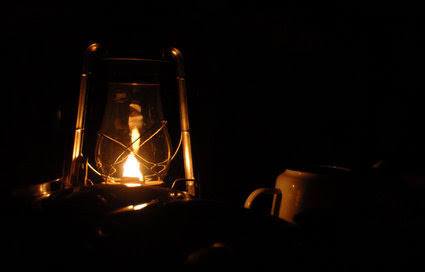
Image for representation only. Source: Facebook
People in these villages are forced to plan their activities around the rising and setting of the sun. From cooking and cleaning, to studying and working, all activities cease as evening falls and the villagers brace themselves for the dangers of living without electricity in a densely vegetated area, often populated by wild animals.
“When we first heard about this, we were absolutely shocked,” recalls Sunny Arokia Swamy. “We decided that we should do something about this.”
Also read: Life before and after Electricity – the Tale of 8 Indian Villages
Sunny, along with his friends Balachandra Hegde, Kumaraswamy, and Kotresh Veerapur, had graduated from the MS Ramiah Institute of Technology in 2015 in the field of Electrical and Electronics.
Since 2014, the four friends had been toying with the idea of bringing their college projects to life to help the common man. The plight of villagers living without electricity proved to be an eye-opening experience that nudged them into action.
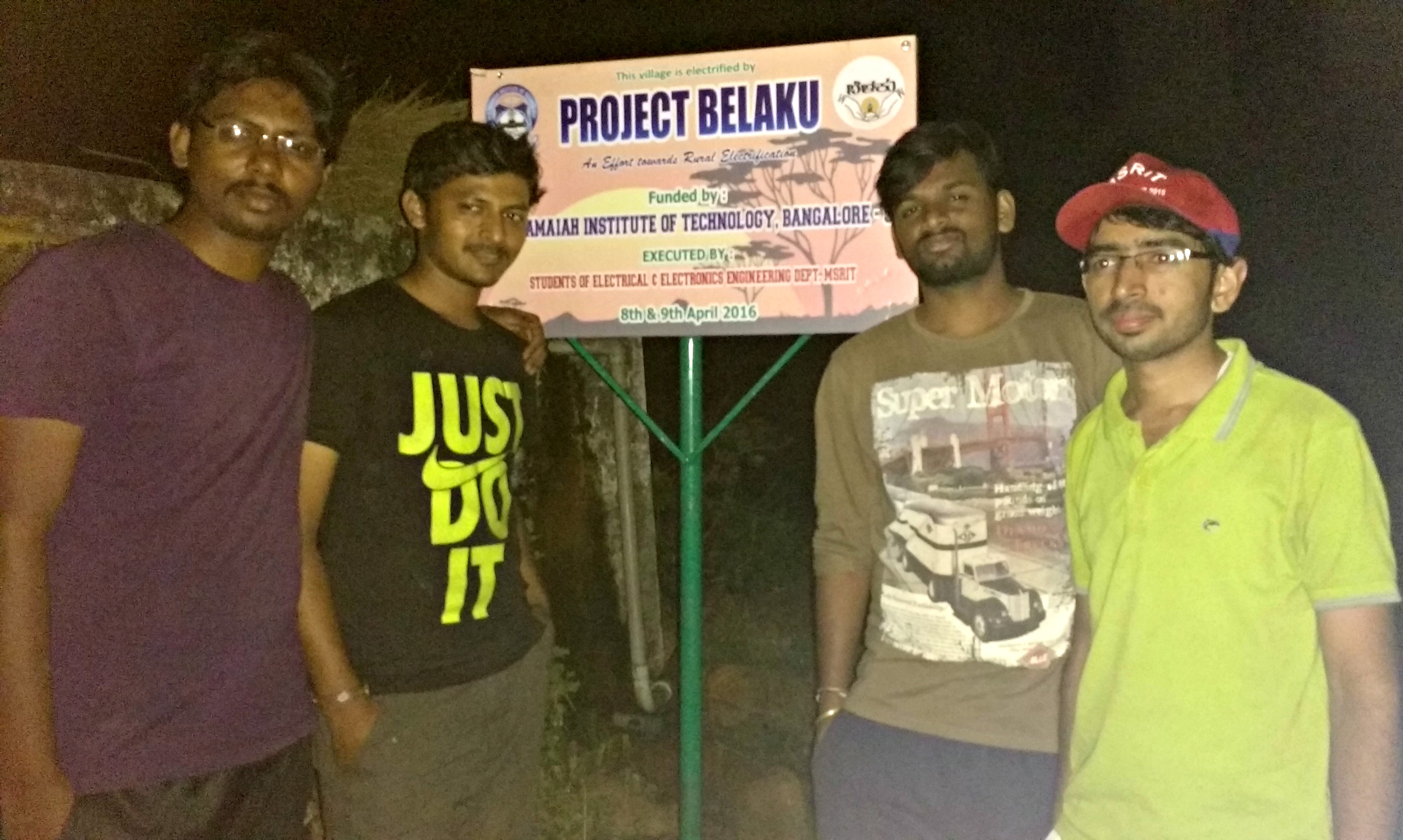
“This happened in the last week of January. By the first week of February, we contacted a local NGO and, with the help of one of their people, we made our way to the Kali Tiger Reserve area, in the Uttara Kananda district,” remembers Sunny.
The group surveyed eight villages in the area: “We realised that during the monsoons, villagers in the area face a lot of problems since they are in the backwaters of the SUPA dam. This means that their houses are often flooded. The villages get completely isolated,” explains Sunny. “We also found that health, energy, education and connectivity were some of the major problems the villagers faced.”
“We felt that the best that we could do for them would be in our area of expertise: energy,” says Sunny.
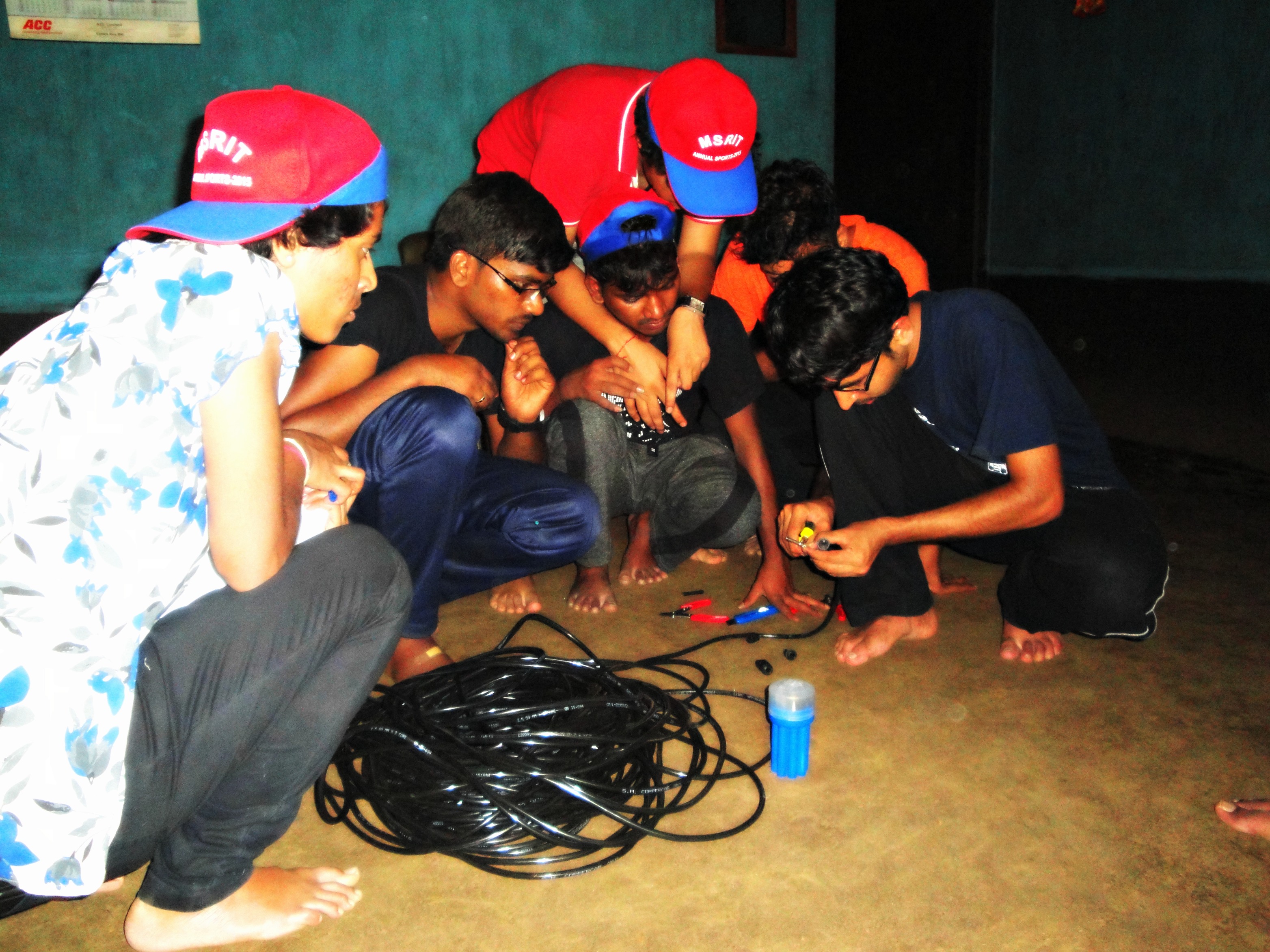
After conducting a technical survey, the group narrowed down on using solar to light the lives of these villagers. The team of four then approached their alma mater to discuss the project with the management: “We spoke to our HoD, Dr Pramila Manohar. We explained the situation and told her that we wanted to do something to help the villagers. She gave us her complete support,” says Sunny.
Initially, the college decided to fund and implement the project in five households. Slowly however, the project expanded to include two villages and 18 households.
With the go-ahead from their college, the four professionals got to work on creating their stand-alone solar systems and Project Belaku was born.

The team was determined to complete the project within two months in order to ensure that the villagers would not have to suffer through yet another monsoon in complete darkness.
“But since all four of us work full-time jobs, we could only work over the weekend,” Sunny says. “So we decided to involve the third year students from our college.”
The four friends, with the support of 13 students, then set about bringing their vision to life, doing everything from the concept and design to the implementation themselves.

By April, Project Belaku had successfully designed and created stand-alone solar systems that could power three bulbs, one tube-light and a small mobile charging system. With a capacity of 100Watts and a 65AH battery, the solar systems could easily run for 48 hours.
On April 8th, the team began installations in the villages: “The first day of the installation happened to be on Ugadi. So the villagers said ‘It is a new year, and today, our house is going to get electricity. It is like God is coming to our house’,” Sunny remembers fondly.
“They started doing pooja for the solar panels and when the light would come on, they would do namaskar to it. We were all really touched.”

The team was apprehensive at first: “We were a little worried about how it would work and whether anything would go wrong because we had only tested it in Bangalore. Also, none of us are professionals and it was the first time we were all doing something like this,” Sunny explains.
Although the first installation took them three hours, it went off without a hitch. The team soon developed a rhythm, divided the work between groups and got more efficient with each house they finished.
It was by no means an easy task. During the day, the team was working under the harsh summer sun, and at night, the team was forced to work by the light of a single torch:“But once the light would come on, and we would seem the happiness on the faces of the villagers, we forgot everything,” Sunny smiles.
In two days, the team installed 18 systems, lighting up 18 households in two villages. But they are just getting started!
“We are now working on Project Belaku Phase II, where we will look at solar pumps, solar water purifiers and hydro projects,” Sunny says. “We have also identified the two villages we want to work with next.”

The team also wants to simultaneously work with government schools: “Government has distributed computers and e-learning kits in many government schools, but the children are not able to use this because they do have electricity. We are looking at creating a solar inverter to power their computers,” Sunny explains. “Even if we are able to help one school, at least 100 kids will benefit from it.”
You can follow their updates here.
Like this story? Or have something to share? Write to us: [email protected], or connect with us on Facebook and Twitter (@thebetterindia).
This story made me
- 97
- 121
- 89
- 167
Tell Us More
We bring stories straight from the heart of India, to inspire millions and create a wave of impact. Our positive movement is growing bigger everyday, and we would love for you to join it.
Please contribute whatever you can, every little penny helps our team in bringing you more stories that support dreams and spread hope.






